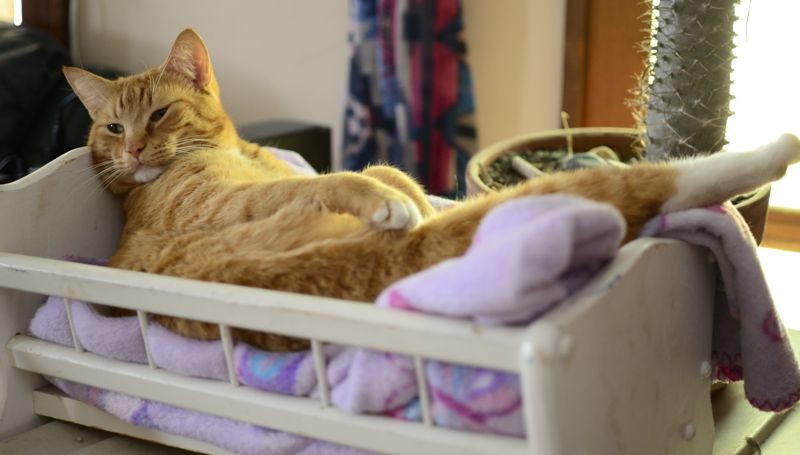Harry Chapin’s “Cat’s in the Cradle” is one of those songs that, once heard, is hard to forget. A staple of 1970s AM radio and seemingly every father-son themed playlist since, the track reached number one on the Billboard charts in December 1974, cementing its place in the cultural consciousness. But beyond its chart success and enduring airplay, is “Cat’s in the Cradle” truly a great song, or just a masterclass in sentimental storytelling elevated by name recognition and巧合 timing? Let’s delve into this iconic track and explore why, for some, its popularity might just be a little… perplexing.
 Harry Chapin performing Cat's in the Cradle, highlighting the song's emotional storytelling and 1970s folk-rock style
Harry Chapin performing Cat's in the Cradle, highlighting the song's emotional storytelling and 1970s folk-rock style
The Sound of Silence (and Strings)
One immediate critique of “Cat’s in the Cradle” lies in its musical arrangement. While Chapin aims for a raw, declarative style in the verses – reminiscent of the post-Dylan era of singer-songwriters focused on directness – the production choices often undermine this. The most prominent offender? The saccharine string arrangement that feels jarringly out of sync with the song’s supposed grit. Imagine Grandma’s meatloaf, then drench it in ketchup – that’s the sonic equivalent of these strings. They evoke a vibe more akin to The Andy Williams Show than a poignant reflection on father-son relationships.
Even the chorus, intended to be a powerful moment where the son’s words echo back the father’s neglect, suffers from a tonal imbalance. Chapin’s vocal delivery, while earnest, is undeniably stiff. He sounds less like a storyteller conveying emotion and more like someone under duress, struggling to get the words out. Compared to the nuanced vocal performances of his contemporaries, or even the dramatic flair of a Neil Diamond, Chapin’s delivery can feel somewhat… inflexible.
Seventies Sentimentality and Sins of the Fathers
To understand the context of “Cat’s in the Cradle”‘s reception, it’s crucial to consider the 1970s. This was a decade grappling with the aftershocks of the 1960s youth revolution, where parents were attempting to bridge the generation gap while still holding onto traditional values. Think mutton chops and longer hair, but also fondue parties replacing LSD trips. Divorce rates were climbing, and the trope of the absentee or flawed father was becoming increasingly prevalent in popular culture.
The rise of “blame-the-parents” anthems in the following decades, like Mike and the Mechanics’ “The Living Years,” demonstrates this cultural shift. These songs, often substituting synth-heavy production for nuanced emotion, tapped into a growing sentiment of children holding their parents accountable. In cinema, Ingmar Bergman’s Autumn Sonata (1979) explored similar themes, prompting Pauline Kael to question if the film intentionally sided with the put-upon mother against the “humorless, neurotic daughter.”
“Cat’s in the Cradle” fits neatly into this era. Chapin’s lyrics, while aiming for universality, ultimately fall into familiar psychobabble territory. The song’s cyclical structure, ending with the son mirroring the father’s behavior (“My boy was just like me”), feels less like a profound insight and more like a predictable, almost banal, conclusion. The stripped-down instrumentation at the end, with Chapin repeating “My boy was just like me,” aims for impact but lands with the subtlety of a cinder block.
Name Recognition and a Nixonian Twist?
Beyond its thematic resonance with the seventies zeitgeist, another, perhaps more cynical, theory for “Cat’s in the Cradle”‘s success emerges: name recognition. 1974, the year the song topped the charts, was also the year Nixon’s appointments secretary, Dwight Chapin, was indicted for perjury. His name was frequently in the news during the Watergate scandal.
Could it be that the public’s familiarity with the “Chapin” name, however tangentially related, contributed to the song’s breakthrough? It’s a provocative idea, suggesting that in a media-saturated era, even unintentional name association can be a powerful marketing force. Perhaps in the 1970s, a time of heightened political awareness and perhaps a focus on figures just beyond the spotlight, this kind of connection resonated more strongly than it might today.
Ultimately, “Cat’s in the Cradle” endures as a popular song, sparking discussions about fatherhood and family. Whether its longevity is due to genuine artistic merit, cultural timing, or even a quirky coincidence of names, remains a topic open for debate. But revisiting the track with a critical ear reveals layers beyond the surface sentimentality, prompting us to question what truly makes a song resonate – and endure – in the popular imagination.

